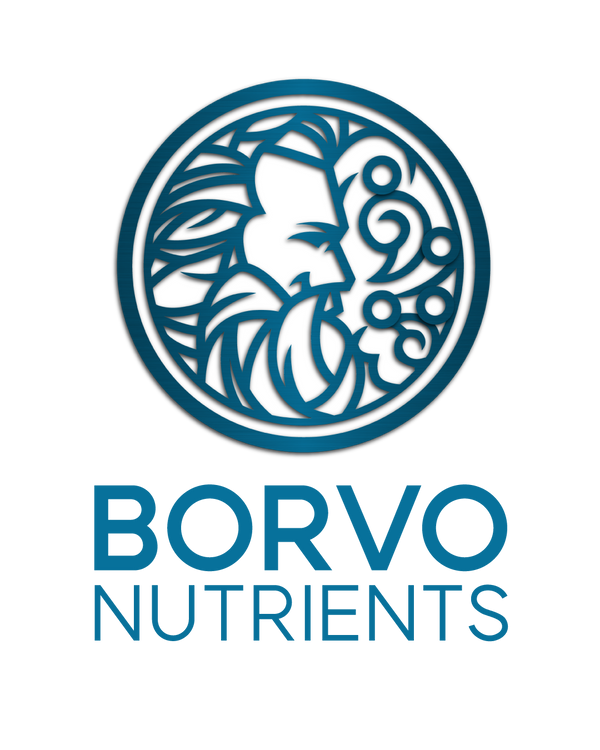Polysaccharides in seaweeds
Share
What type of polysaccharides are found in seaweed?
Seaweeds contain large amounts of polysaccharides, notably cell wall structural polysaccharides that are extruded by the hydrocolloid industry: alginate from brown seaweeds, carrageenans and agar from red seaweeds.
Other minor polysaccharides are found in the cell wall: fucoidans (from brown seaweeds), xylans (from certain red and green seaweeds), ulvans in green seaweeds.
Seaweeds also contain storage polysaccharides, notably laminarin (b-1, 3-glucan) in brown seaweeds and floridean starch (amylopectin - like glucan) in red seaweeds.
Polysaccharides as dietary fibres
When faced with the human intestinal bacteria, most of these polysaccharides (agars, carrageenans, ulvans and fucoidans), are not digested by humans and therefore can be regarded as dietary fibres.
Water soluble and water insoluble fibres have been associated with different physiological effects. Many viscous soluble polysaccharides (pectins, guar gum etc.) have been correlated with hypocholesterolemic and hypoglycemic effects, whereas water-insoluble polysaccharides (cellulose) are mainly associated with a decrease in digestive tract transit time (Southgate 1990).
Fucoidan and potential applications
Among polysaccharides, fucoidans were particularly studied as they showed interesting biological activities (anti-thrombotic, anti-coagulant, anti-cancer, anti-proliferative, anti-viral, anti-complementary and anti-inflammatory).
These properties open up a wide field of potential therapeutic applications, some of which are already the subject of patents concerning notably the anti-coagulant and anti-thrombotic properties (Charreau et al. 1995, Nasu et al 1997, Angstwurm et al. 1997). As for xylans and laminarans, they are completely and rapidly degraded by intestinal bacteria, alginates are only partly degraded and lead to a substantial production of short chain fatty acids.
